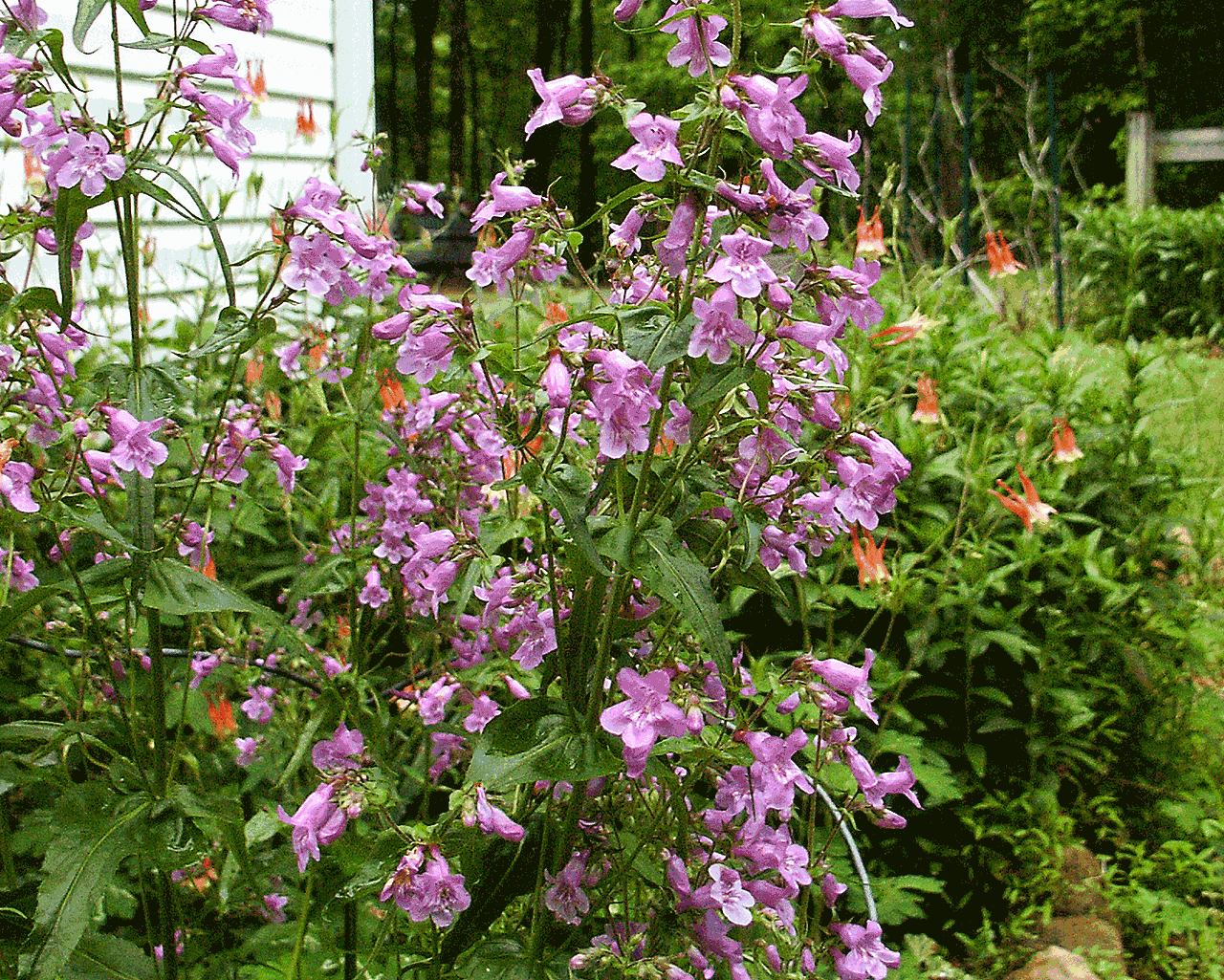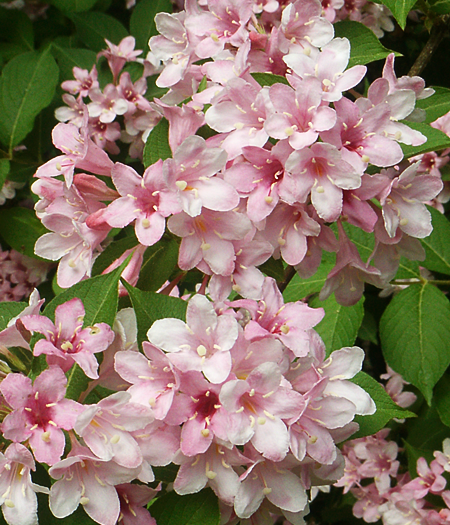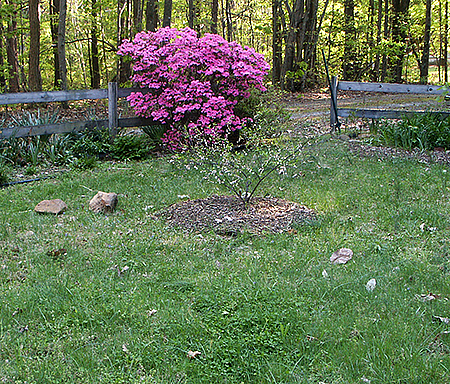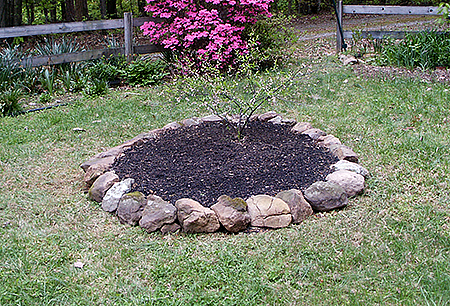My Bleeding Heart
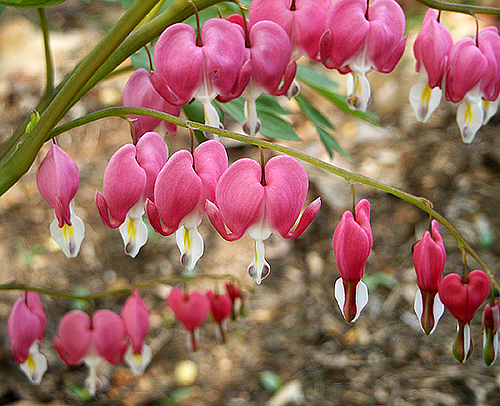
My bleeding heart is doing much better this year since I moved it last summer. The previous location was getting too much sun and as a result my bleeding heart would go dormant much too soon. Bleeding hearts will die back to the ground and go dormant when the temperatures climb in the hot summer days. Since mine was going dormant much too early, it was not feeding the roots as much as it would have in a shadier location.
Bleeding hearts are easy to grow; they prefer a very rich soil with plenty of organic matter and moderately wet conditions. The soil should drain well or you will risk root rot. Bleeding hearts are perennials, so once planted they will come back year after year; reaching maturity in two years. They require part to full shade for best growth; avoid planting where the hot afternoon sun will reach the plants. For best blooming, do not let the plant become stressed for water; however, don't let the soil become waterlogged either. To help keep the soil moist, and to add organic matter for next year, apply a layer of organic mulch around the plant. Bleeding hearts can reach a height and spread of 91-122 cm (3-4 ft)
Bleeding hearts are a wonderful addition to any garden that contains shady locations. They are easy to grow and require little care outside of watering during dry weather. There are a few varieties with colours of pink, white, and red.
